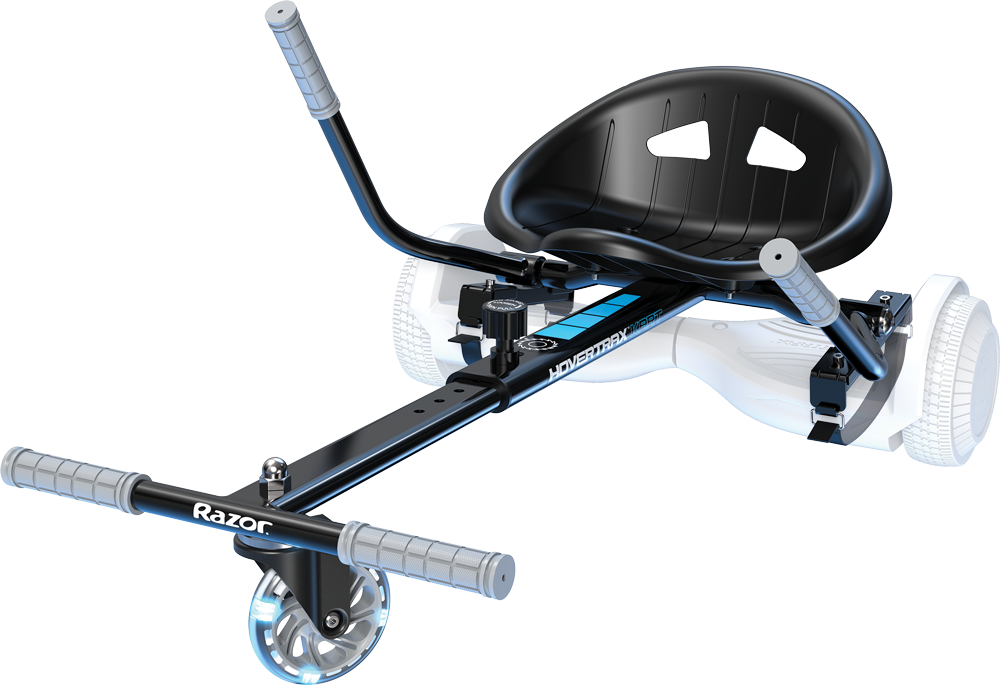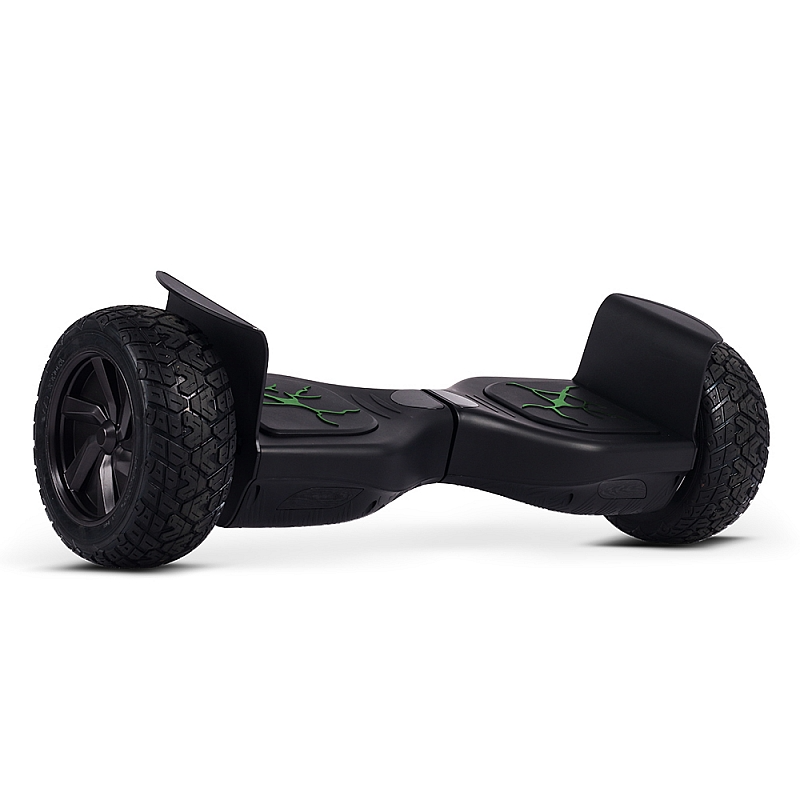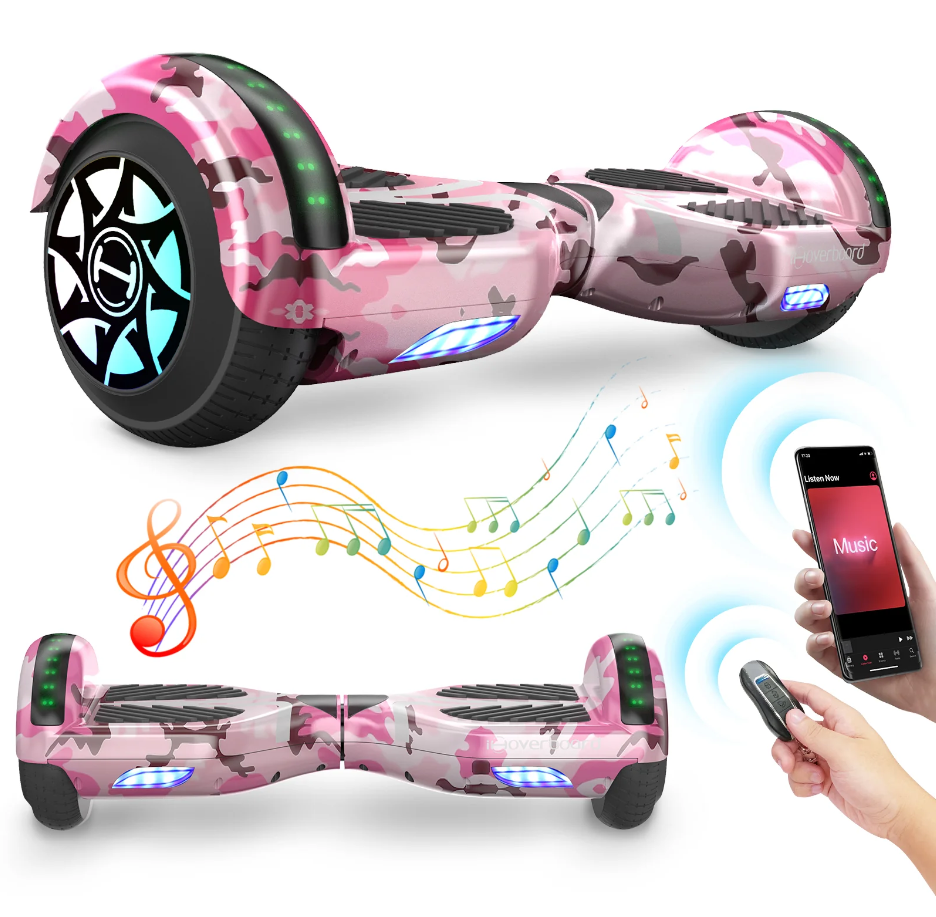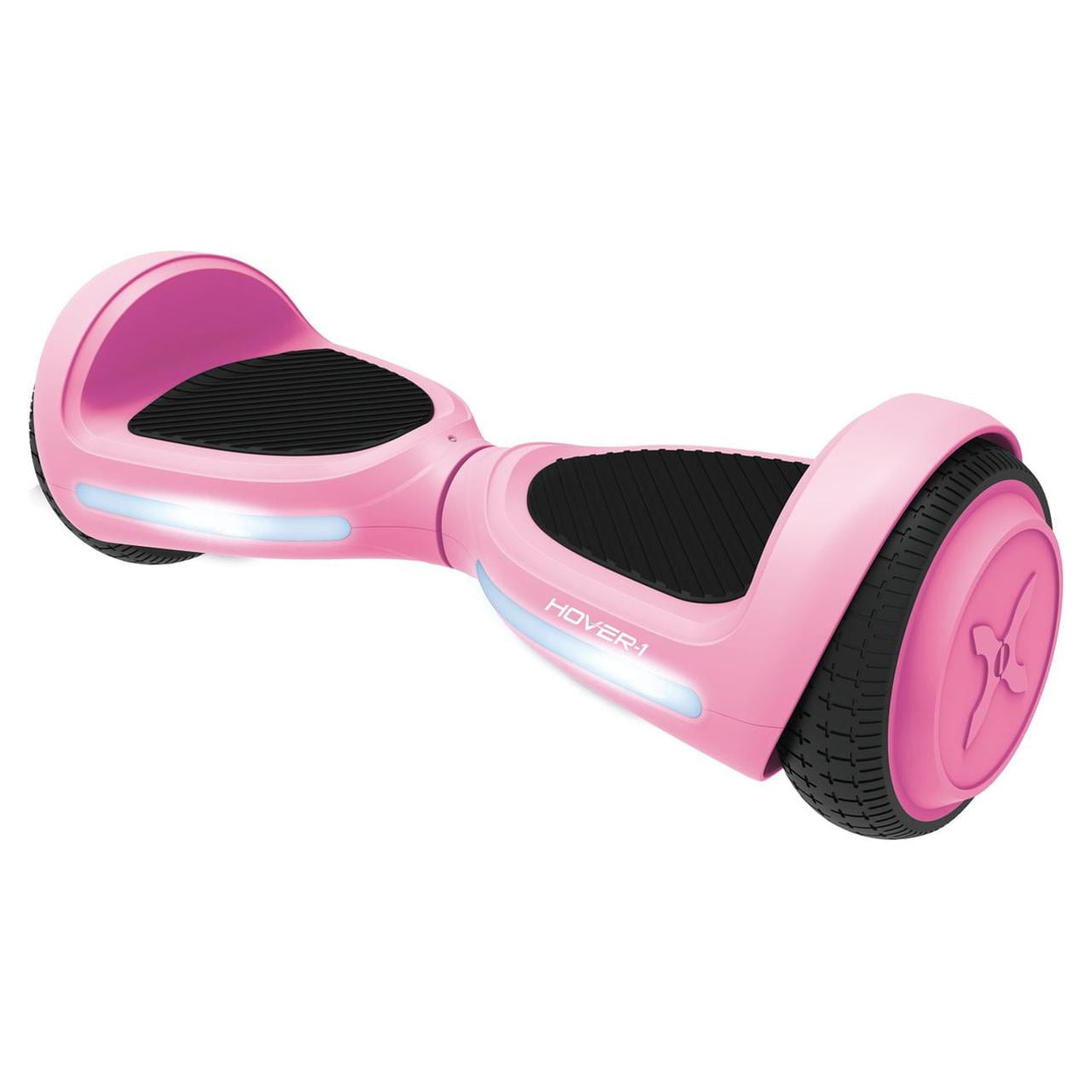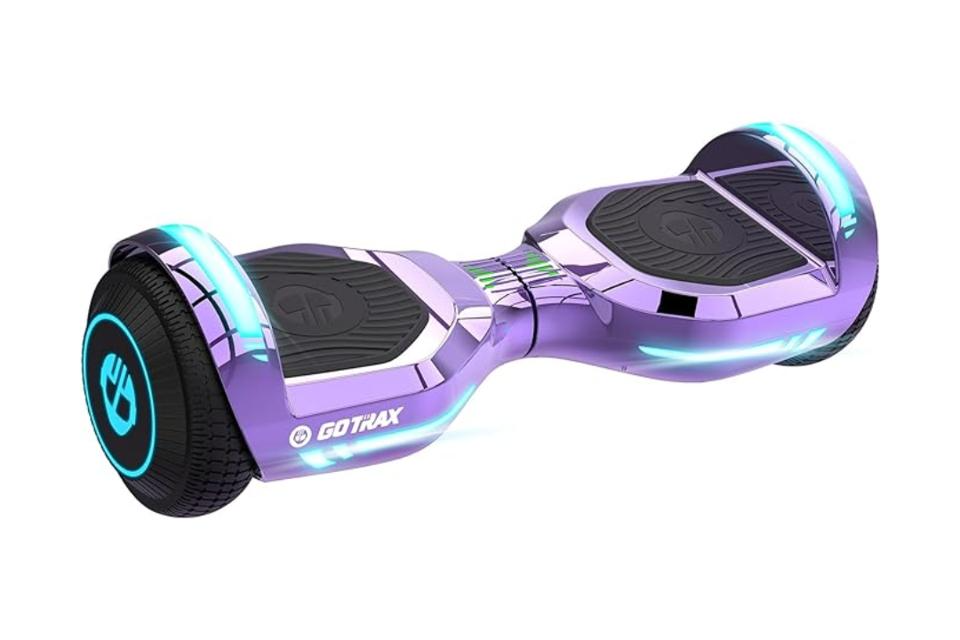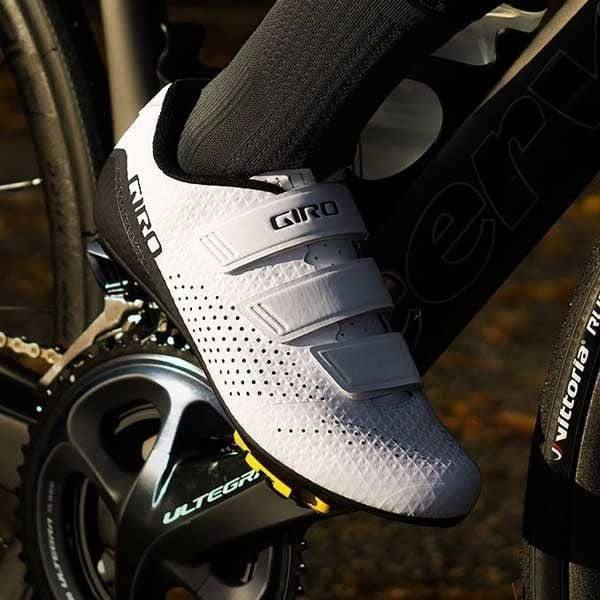Introduction
The emergence of hoverboards has revolutionized personal mobility, redefining the way people navigate urban landscapes and engage in recreational activities. These futuristic self-balancing scooters have captured the imagination of individuals seeking an efficient, eco-friendly, and exhilarating mode of transportation. With their sleek design and intuitive maneuverability, hoverboards have become a symbol of modern mobility, offering a unique blend of convenience and excitement for riders of all ages.
The Evolution of Hoverboard Technology
Hoverboards, also known as self-balancing scooters, have undergone significant technological advancements since their inception. Initially introduced as futuristic gadgets in science fiction, these innovative devices have evolved into practical and accessible means of personal transportation. Through continuous research and development, manufacturers have enhanced the performance, safety features, and overall user experience of hoverboards, making them more reliable and user-friendly than ever before.
Innovative Design and Features
Modern hoverboards boast sleek and aerodynamic designs, incorporating lightweight yet durable materials such as aluminum and high-quality polymers. These materials contribute to the hoverboard’s agility and maneuverability, allowing riders to effortlessly navigate various terrains and urban environments. Furthermore, integrated features such as LED lighting, Bluetooth connectivity, and smartphone app compatibility enhance the overall riding experience, providing users with customizable options and added convenience.
Enhanced Safety and Stability
One of the paramount considerations in hoverboard design is the implementation of advanced safety features to ensure rider security and stability. Equipped with gyroscopic sensors and intelligent balancing systems, hoverboards automatically adjust to the rider’s movements, facilitating a smooth and stable riding experience. Additionally, improved battery management systems and enhanced motor controls contribute to the overall safety and reliability of modern hoverboards, minimizing the risk of malfunctions and accidents.
Environmental Benefits and Sustainability
Hoverboards have garnered attention not only for their convenience and entertainment value but also for their positive environmental impact. Operating on rechargeable lithium-ion batteries, hoverboards offer a sustainable alternative to traditional modes of transportation, reducing reliance on fossil fuels and decreasing carbon emissions. As cities worldwide strive to promote eco-friendly mobility solutions, hoverboards present a compelling option for environmentally conscious individuals seeking to minimize their ecological footprint.
The Rise of Hoverboard Culture
Beyond their utilitarian function, hoverboards have given rise to a vibrant and diverse culture, attracting enthusiasts, hobbyists, and professional riders. From exhilarating freestyle maneuvers to urban commuting, individuals have embraced hoverboards as a versatile means of personal expression and recreation. This burgeoning subculture has fostered communities of riders who share a passion for exploring the creative possibilities and adrenaline-fueled experiences that hoverboards offer.
Embracing Personal Mobility and Urban Commuting
The compact and agile nature of hoverboards makes them an ideal choice for urban commuters seeking efficient and flexible transportation solutions. With the ability to navigate through crowded city streets and access areas inaccessible to traditional vehicles, hoverboards offer a convenient and cost-effective mode of travel for short to moderate distances. Their portability and ease of use make them a popular choice among individuals looking to streamline their daily commutes while reducing their environmental impact.
Exploring Recreational Possibilities
In addition to serving as a practical mode of transportation, hoverboards have carved out a niche in the realm of recreational activities and extreme sports. Riders can unleash their creativity and athleticism through a variety of tricks, stunts, and freestyle maneuvers, showcasing the dynamic potential of hoverboards as a platform for exhilarating and visually captivating performances. Whether in skate parks, urban plazas, or designated riding areas, hoverboarding enthusiasts are continuously pushing the boundaries of what is possible with these innovative devices.
The Future of Hoverboard Innovation
Advancements in Battery Technology
The future of hoverboard innovation holds exciting possibilities for advancements in battery technology. Manufacturers are actively researching and developing new battery systems that offer increased energy density, extended range, and enhanced power efficiency. By leveraging cutting-edge lithium-ion battery technologies and exploring alternative energy sources, such as solid-state batteries, hoverboards of the future are poised to deliver longer-lasting performance and quicker charging times, providing users with a seamless riding experience and greater convenience.
Integration of Artificial Intelligence and Machine Learning
One of the key areas of focus in future hoverboard innovation is the integration of artificial intelligence (AI) and machine learning capabilities. By incorporating sensors, cameras, and intelligent algorithms, hoverboards can anticipate and adapt to rider behavior, optimizing stability, speed, and maneuverability in real-time. AI-powered systems can enhance safety features, prevent accidents, and personalize the riding experience based on individual preferences and skill levels. This convergence of technology promises to revolutionize the way riders interact with their hoverboards and unlock new possibilities for intuitive and responsive control.
Sustainable Materials and Eco-Friendly Design
In response to growing environmental concerns, the future of hoverboard innovation emphasizes the use of sustainable materials and eco-friendly design practices. Manufacturers are exploring recycled and biodegradable materials for construction, reducing carbon emissions in the production process, and implementing energy-efficient manufacturing techniques. By prioritizing sustainability and responsible sourcing, future hoverboards aim to minimize their environmental impact while offering riders a guilt-free and eco-conscious mode of transportation. These efforts align with global initiatives to promote sustainability and combat climate change, positioning hoverboards as a leading example of environmentally friendly mobility solutions.
Enhanced Connectivity and Smart Features
Future hoverboard innovation is set to revolutionize connectivity and smart features, integrating these devices seamlessly into the digital ecosystem. Advanced Bluetooth connectivity, GPS tracking, and smartphone app compatibility will enable riders to access real-time data, customize settings, and share their experiences with a global community of enthusiasts. Additionally, smart features such as voice commands, gesture recognition, and augmented reality interfaces will enhance user interaction and create immersive riding experiences. By bridging the gap between physical and digital worlds, future hoverboards will offer users unprecedented control, convenience, and entertainment possibilities.
Collaborations with Urban Infrastructure
As cities evolve to accommodate new forms of personal mobility, future hoverboard innovation will involve collaborations with urban infrastructure and transportation networks. Integrating hoverboards into smart cities initiatives, manufacturers are working closely with city planners and policymakers to design dedicated lanes, charging stations, and safety regulations for hoverboard riders. By aligning with urban development trends and fostering partnerships with local governments, hoverboards are poised to become integral components of sustainable urban transportation systems, offering residents efficient, flexible, and eco-friendly alternatives to traditional modes of travel.
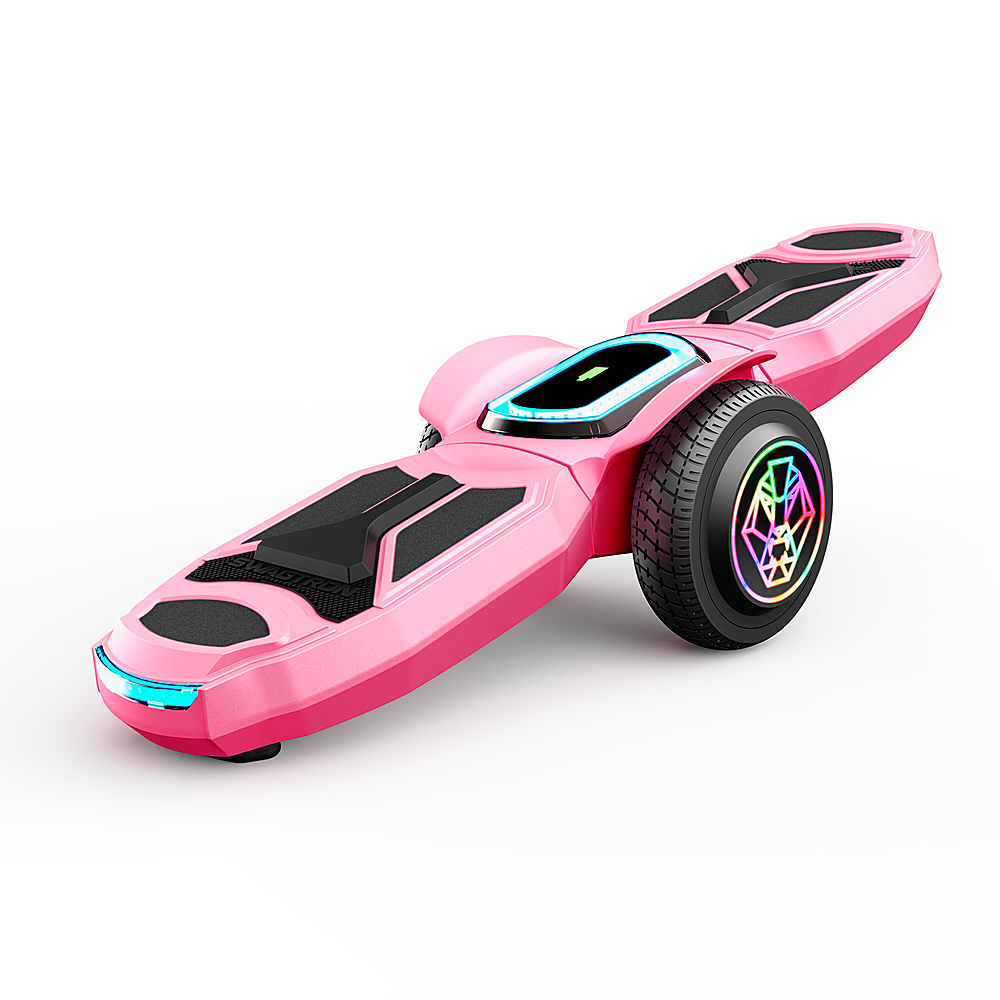
The future of hoverboard innovation holds immense promise for groundbreaking advancements in technology, sustainability, connectivity, and urban integration. As manufacturers push the boundaries of what is possible with these futuristic devices, riders can look forward to a new era of personalized, intelligent, and environmentally conscious mobility solutions. By embracing innovation, collaboration, and a commitment to sustainability, the future of hoverboards is set to redefine the way we move, interact, and experience the world around us, paving the way for a more connected, efficient, and sustainable future of personal transportation.
Conclusion
The advent of hoverboards has ushered in a new era of personal mobility, blending futuristic technology with practical utility and recreational enjoyment. With their sleek design, enhanced safety features, and eco-friendly operation, hoverboards have transcended novelty status to become indispensable tools for urban commuters, thrill-seekers, and tech enthusiasts alike. As the industry continues to evolve and innovate, the potential for hoverboards to shape the future of personal transportation and leisure activities remains boundless, promising an exciting journey ahead for riders and enthusiasts around the world.
